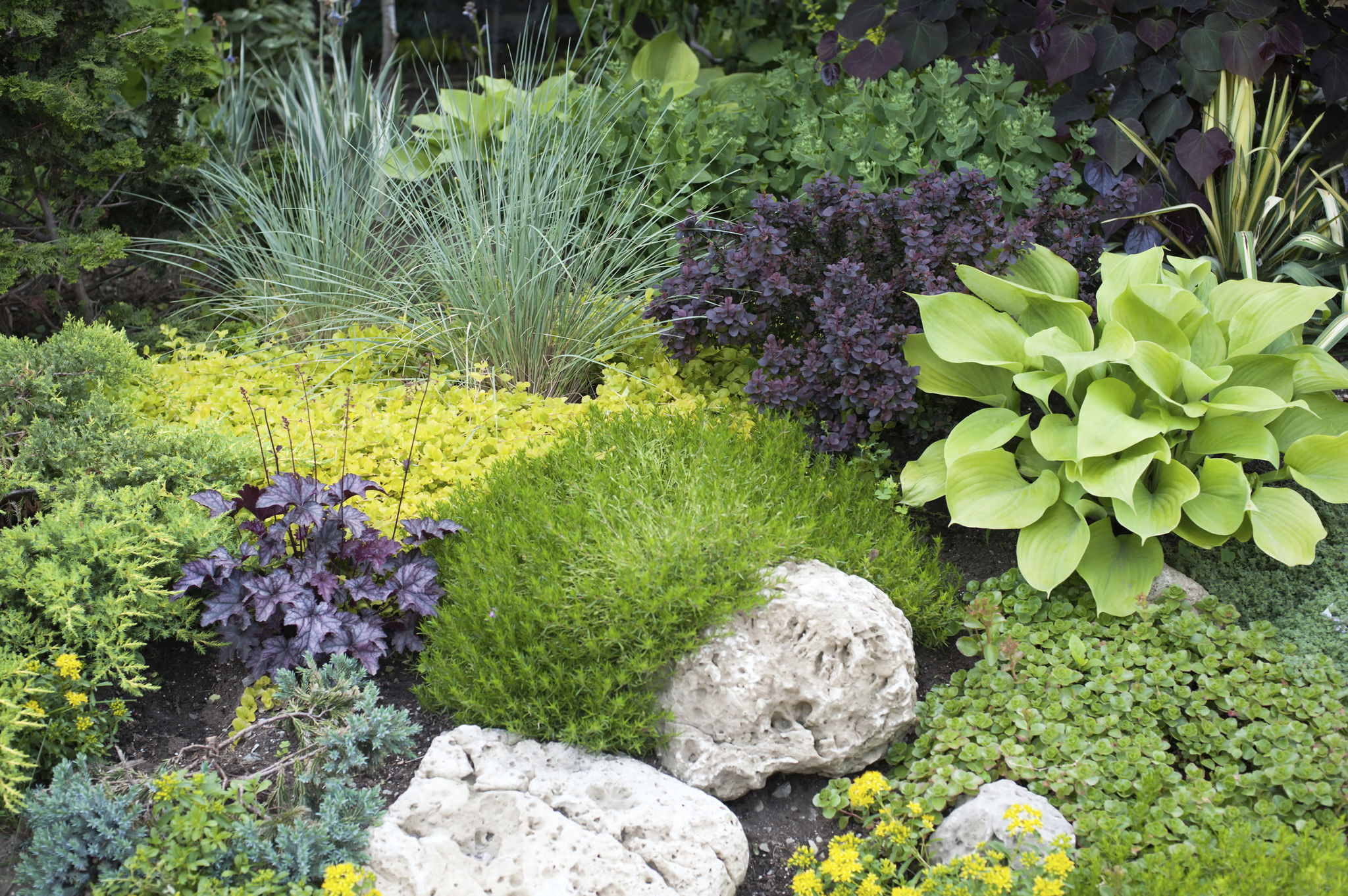Eco-Friendly Landscaping Solutions for Sustainable Living
Understanding Eco-Friendly Landscaping
Eco-friendly landscaping, also known as sustainable landscaping, is a method of designing and maintaining gardens and landscapes that are both aesthetically pleasing and environmentally responsible. This approach minimizes the impact on the environment by employing practices that conserve water, reduce waste, and support local wildlife.
Sustainable living begins in our own backyards, where eco-friendly landscaping can play a significant role in reducing our carbon footprint. By implementing certain practices, homeowners can create beautiful outdoor spaces that are not only functional but also beneficial to the environment.

Water Conservation Techniques
One of the primary goals of eco-friendly landscaping is to conserve water. This can be achieved through various methods such as xeriscaping, which involves using drought-resistant plants that require minimal watering. Another effective technique is the installation of rain barrels to collect rainwater for irrigation purposes.
Drip irrigation systems are also an excellent option for conserving water. These systems deliver water directly to the plant roots, reducing evaporation and ensuring that plants receive the moisture they need without waste.
Native Plant Selection
Choosing native plants for your landscape is not only beneficial for the environment but also simplifies maintenance. Native plants are already adapted to the local climate and soil conditions, requiring less water and fewer chemical inputs such as fertilizers and pesticides.

Additionally, native plants support local wildlife, providing food and habitat for birds, bees, and other pollinators. By incorporating a variety of native species, you can create a vibrant and ecologically balanced garden.
Composting and Soil Health
Healthy soil is the foundation of any successful landscape. Composting is an excellent way to improve soil health by recycling organic waste into nutrient-rich compost that enriches the soil. Composting not only reduces landfill waste but also enhances the soil's ability to retain moisture and support plant growth.
Maintaining healthy soil through natural amendments like compost reduces the need for chemical fertilizers, leading to a more sustainable landscape that thrives with minimal intervention.

Energy-Efficient Landscaping Design
Strategic landscape design can contribute to energy efficiency in your home. Planting deciduous trees on the south and west sides of your home can provide shade during the summer months, reducing cooling costs. In the winter, these trees lose their leaves, allowing sunlight to warm your home naturally.
Additionally, windbreaks made of trees or shrubs can protect your home from cold winds, decreasing heating expenses. By considering energy-efficient landscaping techniques, homeowners can enjoy both environmental and economic benefits.
Reducing Lawn Size
Traditional lawns often require significant amounts of water, fertilizer, and maintenance. By reducing lawn size and replacing grass with groundcovers, rock gardens, or native plant beds, you can decrease resource consumption and maintenance efforts.

Groundcovers and native plant beds provide visual interest and habitat for wildlife while demanding fewer resources than conventional lawns. This shift not only supports sustainability but also enhances the beauty and diversity of your landscape.
